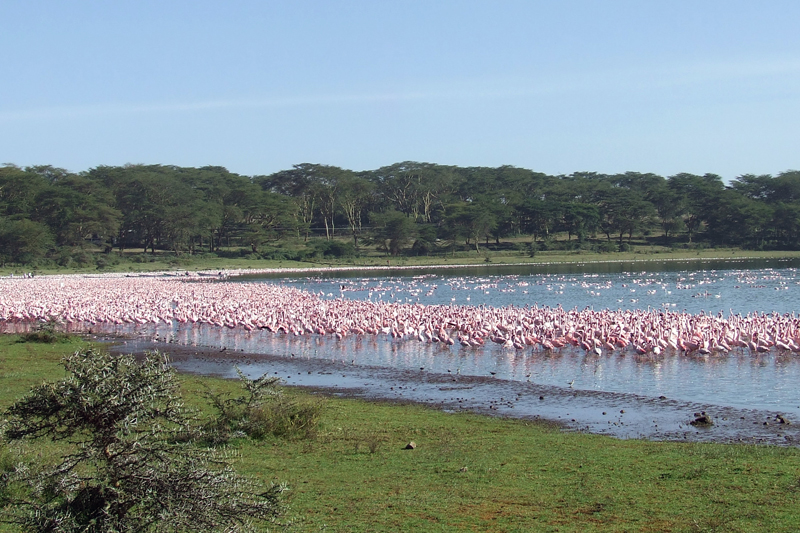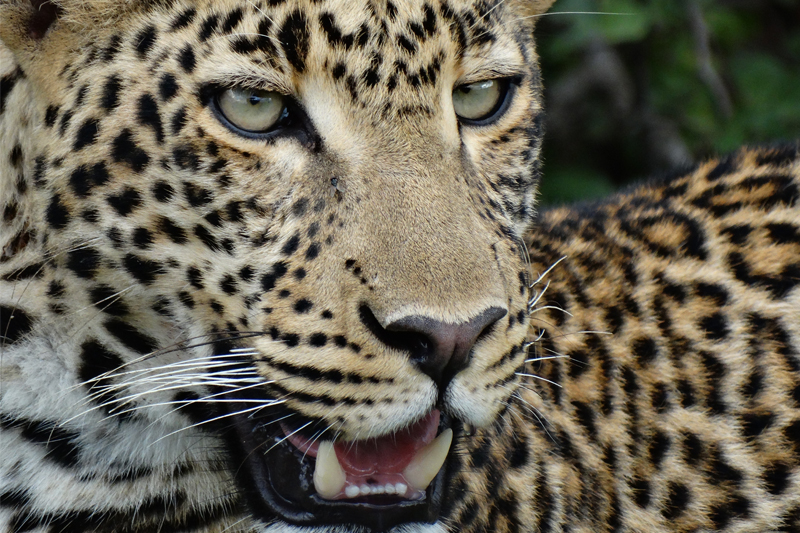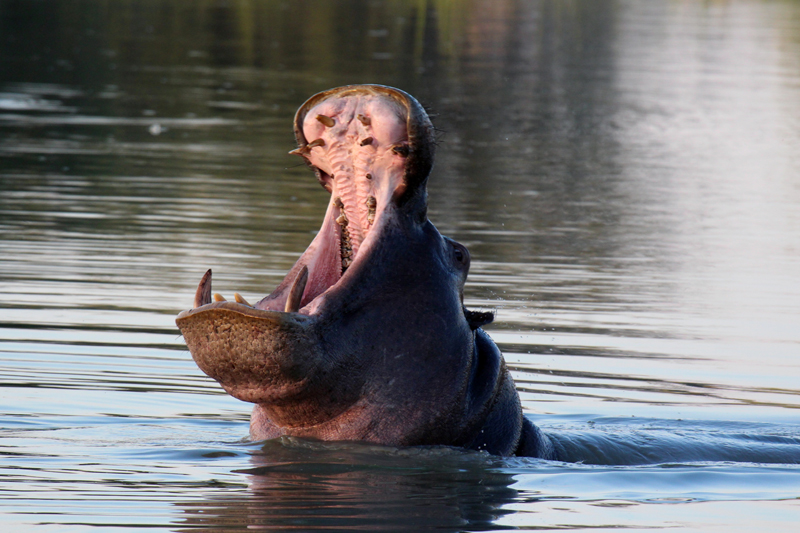The Great Rift Valley
The Great Rift Valley is most famous for it’s alkaline and fresh water lakes
Running north to south through the heart of Kenya, the Great Rift Valley is home to a series of lakes which are found at various intervals – Turkana in the north, followed by Baringo, Bogoria, Nakuru, Elmentaita, Naivasha in the far south, Natron, on the border with Tanzania.
The heavily alkaline lakes such as Bogoria, Nakuru, Elmentaita and Natron are rich in blue-green algae which attracts vast flocks of greater and lesser flamingos, whilst the predominantly freshwater lakes of Turkana, Baringo and Naivasha are home to populations of hippo, crocodile and a wide range of water birds. The two lakes most commonly visited are Nakuru and Naivasha.



Lake Naivasha is the highest of the lakes, at 6000’ above sea level, and although surrounded by volcanic mountains, the lake is fresh water. It covers an area of around 115 sq.kms., and is one of the most picturesque in Africa. More than 300 species of birds can be seen. To the south of the lake lies the dormant volcano, Longonot (which can be climbed), and Hell’s Gate Gorge National Park, whilst to the west, numerous, infrequently visited, smaller crater lakes can be found. On the south shore of the lake is Elsamere, Joy Adamson’s former home and now a Conservation Centre. Naivasha is the centre of the Kenyan cut-flower industry.
Of all the Great Rift Valley Lakes, the 200 sq. km. Nakuru National Park is most associated with traditional big game viewing. The lakeshore and surrounding acacia woodland is a sanctuary for wildlife, especially both black and white rhino, and the rare Rothschild giraffe. However, the park is perhaps best known for the pink sheen which covers the lake – the flamingo population. Whilst Lake Nakuru is a beautiful park with great game viewing, its location (proximity to Nairobi and on the main route for safaris visiting both the north and Masai Mara) and small size does lay it open to being busy and over-crowded.

